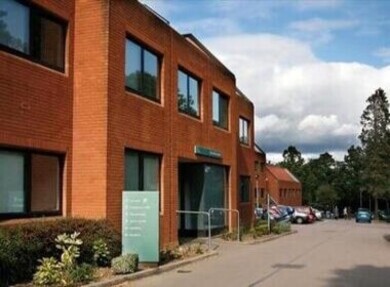|
Hysterectomy A hysterectomy is a surgical procedure to remove the womb (uterus). Youll no longer be able to get pregnant after the operation. If you have not already gone through the menopause, youll no longer have periods, regardless of your age. Many women have a hysterectomy. Its more common for women aged 40 to 50. Why do I need a hysterectomy? Hysterectomies are carried out to treat health problems that affect the female reproductive system. These include:
A hysterectomy is a major operation with a long recovery time and is only considered after less invasive treatments have been tried. Find out why a hysterectomy is needed Things to consider If you have a hysterectomy, as well as having your womb removed, you may have to decide whether to also have your cervix or ovaries removed. Your decision will usually be based on your personal feelings, medical history and any recommendations your doctor may have. Find out the things to consider before having a hysterectomy Types of hysterectomy There are various types of hysterectomy. The type you have depends on why you need the operation and how much of your womb and surrounding reproductive system can safely be left in place. The main types of hysterectomy are:
There are 3 ways to carry out a hysterectomy:
Find out how a hysterectomy is performed Complications of a hysterectomy Theres a small risk of complications, including:
Find out more about the complications of a hysterectomy Recovering from a hysterectomy A hysterectomy is a major operation. You can be in hospital for up to 5 days after surgery, and it takes about 6 to 8 weeks to fully recover. Recovery times can also vary depending on the type of hysterectomy. Rest as much as possible during this time and do not lift anything heavy, such as bags of shopping. You need time for your abdominal muscles and tissues to heal. Find out more about recovering from a hysterectomy Surgical menopause If your ovaries are removed during a hysterectomy, youll go through the menopause immediately after the operation, regardless of your age. This is known as a surgical menopause. If 1 or both of your ovaries are left intact, theres a chance youll experience the menopause within 5 years of having your operation. If you experience a surgical menopause after having a hysterectomy, you should be offered hormone replacement therapy (HRT). Find out more about surgical menopause The female reproductive system The female reproductive system is made up of the:
 BestCareCompare | ||||||
| Find Private Hospital Care near Abridge-Essex.. Find local Private Hospital Care and filter for personalised care. Check Prices, CQC ratings and review scores to help make the best choice for you... |
| Find Private Hospital Care... |
|
|
Hysterectomy near Abridge Essex (See Full List) | ||||||||||||||||||||||||||||||
| ||||||||||||||||||||||||||||||






